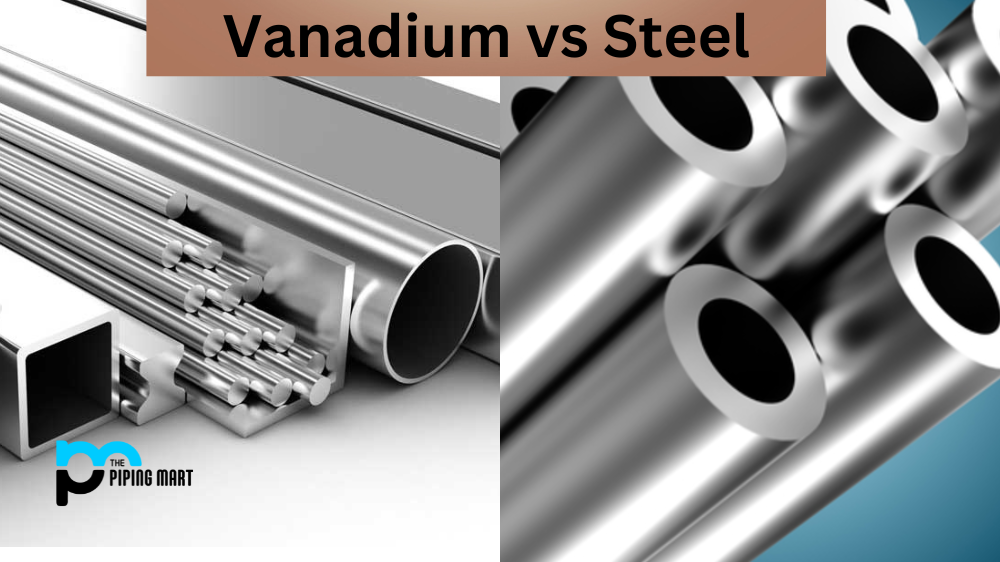When it comes to steel manufacturing, one of the most commonly used materials is stainless steel. It is a low-maintenance and highly durable material that resists rust and corrosion. However, not all stainless steel is created equal. Two types of stainless steel that are often compared are 309 and 314. In this blog post, we’ll take a closer look at the differences between these two alloys.
What is Stainless Steel 309?
Stainless steel 309 is an austenitic stainless steel alloy, sometimes called Alloy 309 or AISI 309. This alloy contains a high level of chromium and nickel, making it highly resistant to corrosion and oxidation in high temperatures up to 1900F. It can withstand corrosive conditions that destroy other alloys, making it perfect for long-term durability and wear resistance applications.
What is Stainless Steel 314?
Stainless steel 314 is an austenitic heat- and corrosion-resistant alloy composed of a high proportion of chromium, nickel, and molybdenum. Due to its high chromium content, it offers excellent resistance to sulfuric acid, nitric acid, and other highly corrosive environments. Its strength and passivation make it suitable for applications in extreme temperatures ranging from cryogenic to 2000 ˚F (1093 ˚C).
Difference Between Stainless Steel 309 and 314
Chemical Composition
The first major difference between 309 and 314 stainless steel is their chemical composition. Stainless steel 309 is composed mainly of iron, with small amounts of carbon, manganese, silicon, and sulfur added to it. On the other hand, stainless steel 314 contains more chromium and nickel. It also has a higher carbon level, making it more resistant to high temperatures.
Uses and Applications
Because of their differing chemical compositions, 309 and 314 stainless steel are used for different applications. Stainless steel 309 is commonly used in industrial furnaces, heat exchangers, and boilers. It also finds use in chemical and petrochemical processes. Meanwhile, stainless steel 314 is often used in high-temperature applications like furnaces, kilns, and incinerators. It is also used to produce certain ceramics due to its resistance to thermal shock.
Corrosion Resistance
Both 309 and 314 stainless steel offers excellent resistance to corrosion, although their resistance to different types of corrosion may vary. Stainless steel 309 is more susceptible to stress corrosion cracking, while 314 is more resistant. However, when exposed to chlorides and acids, 314 is more prone to pitting and crevice corrosion.
Weldability
Another difference between the two alloys is their weldability. Stainless steel 309 is highly weldable and can easily be joined through various welding methods. On the other hand, 314 is more challenging to weld and requires more specialized equipment and expertise.
Conclusion
In conclusion, while stainless steel 309 and 314 offer excellent resistance to corrosion, high durability, and other benefits associated with stainless steel, they have some significant differences. Their chemical compositions, uses, corrosion resistance, and weldability makes them suitable for different applications. It’s essential to clearly understand what type of stainless steel will best suit your needs before choosing between them. Hopefully, the information above has given you a clearer picture of these two alloys’ similarities and differences.

Abhishek is a seasoned blogger and industry expert, sharing his insights and knowledge on various topics. With his research, Abhishek offers valuable insights and tips for professionals and enthusiasts. Follow him for expert advice on the latest trends and developments in the metal industry.




